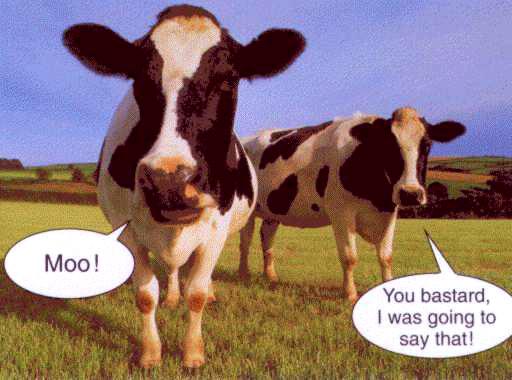I left George Town with no clear idea of where I’d be staying, just that I wanted to head out along the northwest part of Tasmania.

 It took a fair while, as I’d meander around, going up side roads which promised anything interesting and generally finding not much to keep me. I did, however, stop for a while at Beaconsfield - the old gold mine has been turned into a museum:
It took a fair while, as I’d meander around, going up side roads which promised anything interesting and generally finding not much to keep me. I did, however, stop for a while at Beaconsfield - the old gold mine has been turned into a museum:



 Being a curious sort of chap, when a mysterious button said "push me", I did, and looked around for whatever effect that might produce. After a minute or so, I set some creaking machinery into action:
Being a curious sort of chap, when a mysterious button said "push me", I did, and looked around for whatever effect that might produce. After a minute or so, I set some creaking machinery into action:
 Inside the museum was a miner's hovel (it had a better, more vernacular word, but I've forgotten it:
Inside the museum was a miner's hovel (it had a better, more vernacular word, but I've forgotten it:

 Outside the museum, was a rather nicer version of where a miner had once lived:
Outside the museum, was a rather nicer version of where a miner had once lived:
 There was also a collection of various vehicles and other artefacts of mining life, along with the artworks of the local water colours club:
There was also a collection of various vehicles and other artefacts of mining life, along with the artworks of the local water colours club:
 Right alongside was the new gold mine which opened up just over a decade ago.
Right alongside was the new gold mine which opened up just over a decade ago.


 I also paid a visit to Devonport (which is where the Spirit of Tasmania ferry docks). I stayed maybe an hour, long enough to wander the streets, find the Rivers superstore and buy some shoes, find the cinema and see there was nothing of interest to me. Burnie, I was in and out, just stoppping long enough to establish there were no cheap accommodation options.
I also paid a visit to Devonport (which is where the Spirit of Tasmania ferry docks). I stayed maybe an hour, long enough to wander the streets, find the Rivers superstore and buy some shoes, find the cinema and see there was nothing of interest to me. Burnie, I was in and out, just stoppping long enough to establish there were no cheap accommodation options.
And so, towards dusk, I found myself on yet another side road, heading towards a place called Stanley, about which I knew nothing. When I first saw it, I was confused: is it an island? From this angle it is clear - there is a narrow spit of land curving into the sea, which then erupts into a big bluff. Stanley is strung along the landward side - but as you approach from Burnie, you can’t actually see the spit, just these houses clinging to a rock.
From this angle it is clear - there is a narrow spit of land curving into the sea, which then erupts into a big bluff. Stanley is strung along the landward side - but as you approach from Burnie, you can’t actually see the spit, just these houses clinging to a rock.The town seems to be about 50% holiday cottages, guesthouses and B&B’s, yet it was pretty much deserted. I eschewed the camping grounds in favour of the Stanley Hotel, which has a nice big deck facing the inlet. Unlike my hotel in George Town, this one’s restaurant was bustling, with so many customers that what I wanted to eat had run out, and I had to settle for a very tasty roast beef dinner. As I ate the carrots provided, I was reminded of the numerous signs I had encountered for “feed carrots, $2 a tonne (or thereabouts, I might be exaggerating)”. Also unlike my George Town hotel, this one had a disco (it is a heritage town - they still have a disco) which, on a Monday night, attracted a surprisingly large crowd, one which seemed to take delight in congregating on the street and shouting at each other, right under my window.
Labels: Australia, Travel







 From this angle it is clear - there is a narrow spit of land curving into the sea, which then erupts into a big bluff. Stanley is strung along the landward side - but as you approach from Burnie, you can’t actually see the spit, just these houses clinging to a rock.
From this angle it is clear - there is a narrow spit of land curving into the sea, which then erupts into a big bluff. Stanley is strung along the landward side - but as you approach from Burnie, you can’t actually see the spit, just these houses clinging to a rock.





























